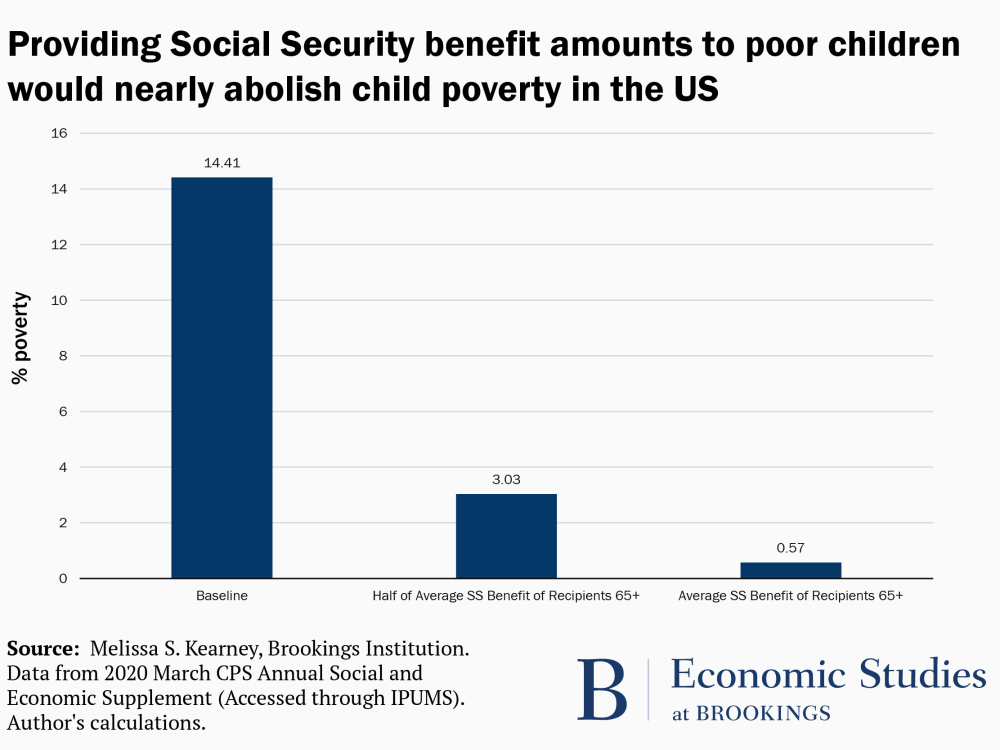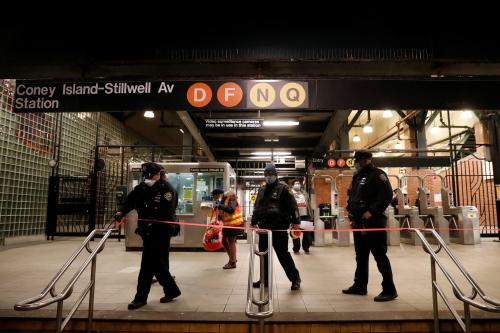The COVID pandemic of 2020 has made abundantly, tragically clear how we as a nation fail to prioritize the protection of our nation’s most vulnerable children. Our neglect of these children has been on display for years, but perhaps never more glaringly so than now.
It is both a moral and economic disgrace that will burden our country for years to come that we did not, as a nation, take the steps necessary to make sure children would be able to safely return to school by September 2020, six months after the virus had taken hold in our country. This would have required policy makers to be thinking as much about children last spring and summer as they were about the airline and restaurant industries. But children don’t lobby. And they don’t vote. And their need for in-person learning and socialization were not headline news or policy priorities until the start of the school year was upon us, and it was clear to anyone who was paying attention that many children – low-income and special needs children in particular – were not going to be well-served by virtual schooling. The learning deficits that our most vulnerable children are going to suffer – in addition to the increased prevalence of childhood hunger and maltreatment – are going to have long-term consequences for these children and our nation.
Let’s use this occasion to reflect on the fact that our federal policies and programs do not prioritize children. If they did – if we did – we could do much more to fight childhood poverty. Here I describe a simple thought and data exercise: What if we were as committed to alleviating childhood poverty in this country as we are to alleviating elderly poverty? What if we gave every child living in poverty the average Social Security benefit received by a Social Security recipient age 65 or over? The answer is that we would essentially eliminate child poverty in this country.

Last year there were 10.46 million children living in poverty, based on the official poverty threshold. For a mom and two children, that means annual income of less than $20,598. For two parents and three children, that means annual income less than $30,510. That’s 14.4 percent of children in this country. The share of children who live in poverty is 14.4 percent, which is higher than the share of adults age 18 to 64 (9.4 percent) and higher than the share of those 65 and over (8.9 percent) who live in poverty. This is a dramatic reversal from the mid-twentieth century, when elderly poverty rates were the highest in the country. In 1959, 35 percent of those age 65 and over lived in poverty, as compared to 27 percent of children and 17 percent of adults age 18 to 64. Social Security has been a great anti-poverty success story for elderly poverty in this country.
If we gave each child living in poverty the average Social Security benefit received by a Social Security recipient age 65 and over – that’s $17,112 annually, according to Current Population Survey data – the rate of childhood poverty in this country would fall to less than 1 percent. The number of children living in poverty would fall from over 10 million to about 413,000. If we gave each child living in poverty half the average Social Security benefit – $8,556 annually – the rate of childhood poverty in this country would fall to 3.03 percent, to 2.2 million children.[1]
How much would this cost annually? $179 billion for the full benefit award or $90 billion annually for the half benefit award. In 2019, our federal government spent $4.4 trillion. Would you vote to allocate 2.0 percent of federal spending to the cause of bringing childhood poverty rates to below 4 percent? That’s 8.3 million children who would be lifted out of poverty, whose lives would be greatly improved, and whose potential in life would be greatly advanced. Such spending would constitute a social investment. The children who would be freed from poverty would be more productive workers in the future, paying more in taxes and taking in less in transfers over their lifetime.
In a June 2019 pre-pandemic editorial piece for the Guardian (part of a series on “Broken Capitalism”), I wrote about the need to close class gaps in opportunity and outcomes for children, claiming that “This will require a more complete social insurance system for children, improved educational institutions, and stronger families.” I still believe that all three of these are necessary and important, and we as a nation should work to accomplish them. But strengthening schools and families is complicated, with no obvious policy levers to easily pull. Spending more money on kids is something that the federal government could readily do, if the political will were there.
Skeptics will point out that giving money to poor kids really means giving money to poor parents, who may not spend the money wisely or on the kids’ behalf. Perhaps for some that would be true, and the actual design of any such policy would need to anticipate that possibility. But we know that in general, programs like the Earned Income Tax Credit and the Supplemental Security Income program that transfers income explicitly to families with children improves children’s outcomes and yields social benefits (for example, see here, here, and here.) Programs of material support directed to children tend to more than pay for themselves in the long run.
The federal government – and I will add many state and local officials – failed to prioritize kids’ well-being when it came to COVID relief and policy measures. We could have and should have done more to protect the well-being of our nation’s children, especially the most vulnerable children, during this crisis. (See here for a heartbreaking story about just such a child.) Let us, at least, do more to provide for our nation’s most vulnerable children when we emerge from this crisis.
[1] These numbers come from calculations based on the 2020 Current Population Survey Annual Statistical Economic Supplement. We calculate the average reported annual Social Security Income among those over 65 years old in the survey, and then distribute that amount (or half that amount, in the alternative scenario) to each child living in poverty. Each family unit’s poverty status is then recalculated counting those new distributions as additional cash income. This calculation does not attempt to adjust for any potential offsetting reductions in other sources of income.
The Brookings Institution is committed to quality, independence, and impact.
We are supported by a diverse array of funders. In line with our values and policies, each Brookings publication represents the sole views of its author(s).






Commentary
We could abolish child poverty in the U.S. with Social Security benefits for poor kids
October 21, 2020